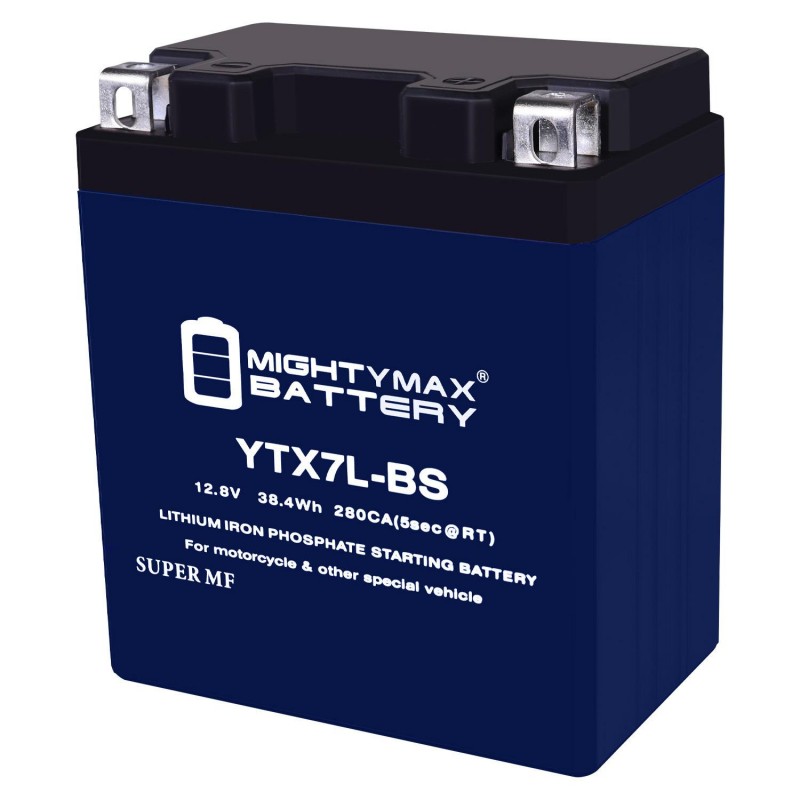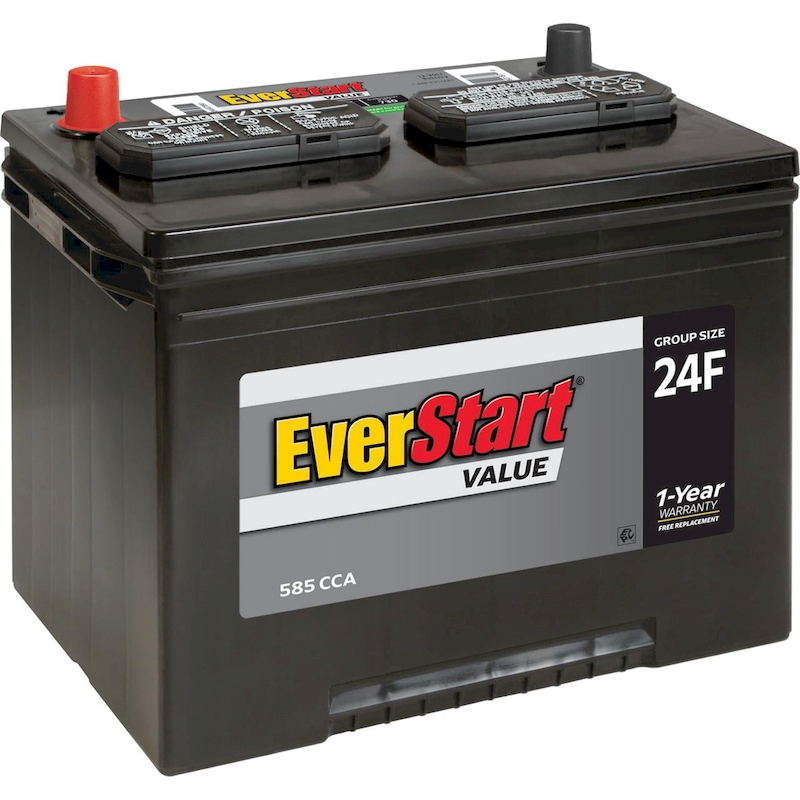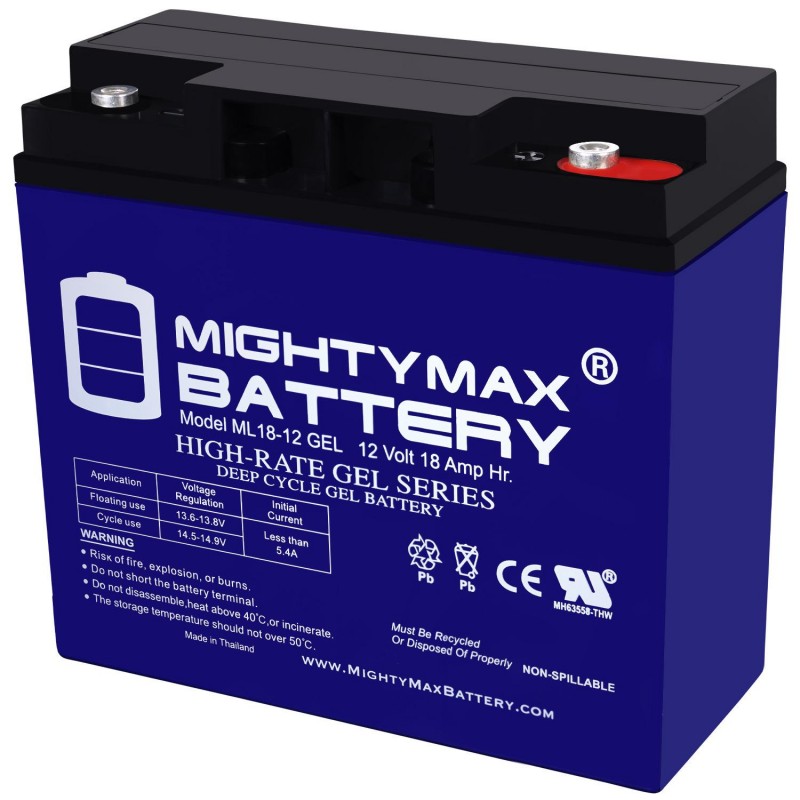When you own a Kia vehicle, the dashboard is your window into the car’s operational health. One essential indicator that you should never ignore is the battery discharge warning. This warning signifies potential problems within the vehicle’s electrical system and can lead to significant issues if left unaddressed. Understanding what the battery discharge warning means, what causes it, and how to respond appropriately is crucial for all Kia owners. This comprehensive article explores the nuances of the battery discharge warning in Kia vehicles, provides insights into maintaining your vehicle’s battery health, and offers tips on troubleshooting and preventing future issues.
The Importance of a Functional Battery
The Role of the Battery in Your Kia
The battery in your Kia vehicle performs several vital functions. It supplies electrical energy to start the engine and powers other electrical components, such as lights, radio, and infotainment systems. Without a properly functioning battery, your vehicle will struggle to operate effectively, leading to stalling and breakdowns.
How Electrical Systems Rely on the Battery
- Starting the Engine: The battery provides the initial power required to crank the engine.
- Operating Electronics: All electrical systems in the vehicle, including navigation systems, wipers, and air conditioning, rely on the battery’s power.
- Charging System Support: The battery works alongside the alternator, which helps recharge it while the engine runs.
Recognizing the importance of the battery in your Kia ensures that you can address minor issues before they become severe problems.
What Does the Battery Discharge Warning Mean?
Understanding the Warning Light
When you see the battery discharge warning light illuminate on your dashboard, it typically signals that the electrical system is not adequately charging the battery. This could be due to a variety of issues:
- Weak or Dying Battery: The battery itself may be approaching the end of its life and unable to hold charge.
- Faulty Alternator: The alternator might not be functioning correctly, which prevents the battery from receiving the necessary charge while driving.
- Electrical Issues: Loose or corroded battery connections can impede electrical flow, causing the battery to discharge.
Recognizing the meaning behind the battery discharge warning allows you to take appropriate action promptly.
Common Causes of Battery Discharge in Kia Vehicles
1. Aging Battery
Batteries naturally wear out over time. Most lead-acid batteries last about three to five years. If your Kia battery is older, it may lose its charge capacity, triggering the battery discharge warning light.
2. Faulty Alternator
A malfunctioning alternator is one of the leading causes of battery discharge warnings. The alternator should generate enough electrical power to recharge the battery while the engine runs. If it fails, the battery will discharge rapidly.
3. Parasitic Draw
Sometimes, electrical components may draw power even when the vehicle is off—this is known as parasitic draw. Common culprits include:
- Interior lights remaining on.
- Malfunctioning radio or infotainment systems.
- Faulty alarm systems.
Excessive parasitic draw can discharge the battery quickly, causing the warning light to illuminate.
4. Poor Connections
Corrosion or loose connections at either the battery terminals or wiring harnesses can restrict the electrical flow. This restriction not only affects charging but can also trigger the battery discharge warning.
5. Extreme Weather Conditions
Extreme temperature fluctuations can have adverse effects on battery performance. For instance, excessive heat can cause battery fluid to evaporate, while extreme cold can reduce capacity and make starting difficult.
What to Do When You See the Warning Light
1. Pull Over Safely
Upon noticing the battery discharge warning, your first step should be to safely pull over to the side of the road. Ignoring this warning can lead to further complications, such as complete battery failure, which may leave you stranded.
2. Turn Off Non-Essential Electronics
Once parked, turn off any electronic accessories, such as the radio or air conditioning. This action can reduce the load on the battery and help maintain enough power to start the engine again.
3. Assess the Situation
After turning off non-essential electronics, assess the dashboard for further symptoms or issues. Check if other warning lights are illuminated, as they can provide clues about any underlying issues.
4. Restart the Engine
Try to restart your engine. If the engine starts but the warning is still present, there may be an issue with the alternator or battery. If the vehicle doesn’t start, you may have a dead battery caused by either age or a fault in the electrical system.
5. Seek Assistance
If the problem persists, seek help from a roadside assistance service or a mechanic. They can perform a diagnosis and recommend appropriate actions to resolve the issue.
Preventive Measures for Battery Discharge
1. Routine Battery Checks
Preventive maintenance can help avoid the battery discharge warning light from appearing:
- Check Battery Age: Regularly check the age of your battery. If it nears the three-to-five-year mark, consider replacing it preemptively.
- Inspect Terminals: Look for corrosion on battery terminals to maintain optimal electrical connections. Clean terminals regularly to ensure good contact.
2. Regular Alternator Inspections
Regularly scheduled inspections of the alternator can help maintain its function. Mechanics generally check the alternator during routine tune-ups or maintenance.
3. Electrical System Audits
Conducting an audit of your vehicle’s electrical system helps detect issues before they arise. If you suspect parasitic drain, consider seeking professional help to locate the source of the draw.
4. Prepare for Extreme Weather
During extreme weather, such as severe winter conditions or summer heat, take extra precautions:
- Maintain Proper Fluid Levels: Regularly check the electrolyte fluid levels to ensure they are optimal.
- Keep the Battery Charged: If you don’t drive often, consider using a battery maintainer to keep the battery charged.
Signs You May Need a New Battery
1. Slow Engine Crank
If you notice the engine cranks slowly when starting, this may indicate a degrading battery. Slow cranking is often one of the first signs of battery failure.
2. Dim Lights or Electrical Issues
If your headlights dim when you start your vehicle or experience intermittent electrical issues, this can signal that your battery is unable to hold a charge.
3. Swelling or Leaking Battery Case
Physical signs of damage, such as swelling or leaks in the battery case, indicate a failing battery that requires immediate replacement.
4. Frequent Jump Starts
If you find yourself needing to jump-start your vehicle often, it’s time to consider replacing your battery.
5. Check Engine Light
In some cases, the “check engine” light may illuminate due to battery issues. If paired with the battery discharge warning, this could mean it’s time for a check-up.
The Role of Battery Maintenance in Preventing Discharge Warnings
Understanding Battery Health
Maintaining the health of your car battery goes beyond mere aesthetics; it’s critical for ensuring reliable performance. A well-maintained battery can save you from unexpected failures and the inconvenience of needing a jump start.
- Regular Inspections: Frequent battery checks help catch problems early, allowing for timely interventions. Look for physical signs of wear or corrosion around the terminals that indicate issues.
- Voltage Testing: Utilize a multimeter to measure your battery’s voltage. A healthy battery should read between 12.4 and 12.7 volts when the engine is off.
- Load Testing: A load tester can assess your battery performance under realistic operating conditions. This method gives you a clear understanding of the battery’s cranking ability.
Seasonal Considerations for Battery Maintenance
Engine conditions can vary significantly based on the season, affecting your battery’s performance.
Winter Woes
Cold weather can adversely affect battery performance, leading to decreased efficiency. During harsh winters, take the following preventive steps:
- Store in a Warmer Place: If you have the option, park your vehicle in a garage, where temperatures are milder.
- Regularly Charge the Battery: Consider using a battery tender or maintainer, especially if you plan to leave your vehicle unused for long periods.
Summer Heat Impacts
Conversely, extreme summer heat can also lead to battery issues:
- Overheating Risks: High temperatures can cause battery fluids to evaporate, leading to potential failure. Ensure your cooling system functions properly to mitigate overheating risks.
- Check Electrolyte Levels: If your battery is of the traditional lead-acid type, regularly check the electrolyte levels to prevent severe damage.

Conclusion
In summary, understanding the implications of the battery discharge warning in Kia vehicles is crucial. Recognizing when this warning appears can help prevent further complications, ensuring you remain safe and mobile on the road. Factors such as battery age, alternator function, and electrical issues all play vital roles in determining when your vehicle may experience issues.
Regular maintenance, such as checking connections, monitoring the battery’s health, and promptly addressing warnings, can drastically enhance your vehicle’s reliability. Furthermore, by following the steps outlined in this article, you empower yourself to act confidently when faced with warning lights, ensuring you maintain your vehicle’s overall functionality.
By fostering a proactive approach to battery maintenance and recognizing the signs of an impending battery issue, you can avoid the inconvenience of being stranded and enhance your driving experience. Keeping your Kia running smoothly not only supports hassle-free travel but also contributes to the longevity of the vehicle.